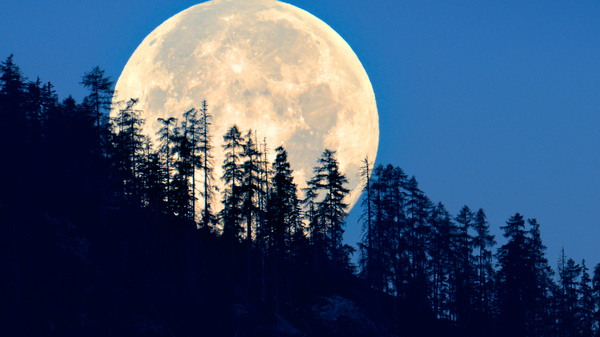Introduction:
The moon has fascinated humans for centuries, and its different phases have played a significant role in cultures and religions around the world. In this blog, we will explore the different phases of the moon, how they occur, and the cultural significance of each phase.
What Causes the Phases of the Moon?
The phases of the moon are caused by the changing relative positions of the moon, Earth, and Sun. As the moon orbits the Earth, different amounts of sunlight are reflected off its surface, creating different phases. When the moon is between the Earth and Sun, we see the new moon phase, and when the Earth is between the moon and Sun, we see the full moon phase.
The Eight Phases of the Moon:
There are eight main phases of the moon, including new moon, waxing crescent, first quarter, waxing gibbous, full moon, waning gibbous, third quarter, and waning crescent. Each phase has its own characteristics and cultural significance. For example, the full moon has been associated with fertility, madness, and transformation in various cultures throughout history.
The Importance of Lunar Phases:
Lunar phases have played an important role in many cultures and religions throughout history. For example, the Islamic calendar is based on the lunar cycle, and the Chinese New Year is celebrated on the second new moon after the winter solstice. Lunar phases have also been used in agriculture to determine the best times for planting and harvesting crops.
Conclusion:
The phases of the moon are a fascinating phenomenon that has captured the human imagination for centuries. By understanding the science behind the lunar cycle and the cultural significance of each phase, we can gain a deeper appreciation for the role that the moon plays in our lives.
moon phases, lunar cycle, new moon, full moon, waxing crescent, first quarter, waxing gibbous, waning gibbous, third quarter, waning crescent, cultural significance, astronomy, lunar calendar
